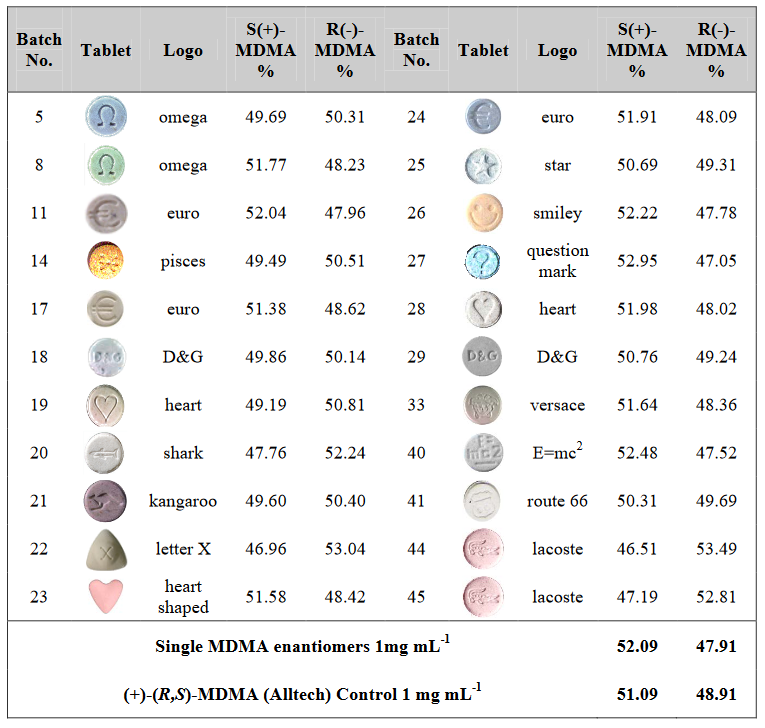Subject: RE: Regarding your research on the detection of positional isomers
Hello [Name],
Thank you for your e-mail.
I am aware of the potential risk of forensic laboratories to encounter a novel, yet uncontrolled, positional isomer of MDMA and we've put additional QC checks in place to detect this and prevent a false positive identifications.
However, from both my own experience and trend reports (e.g. UNODC, EMCDDA reports) and the NPS Early Warning website
https://www.unodc.org/LSS/Home/NPS we don't have any signs that MDMA positional isomers actually do appear on the street markets in a vast amount.
I know that 2,3-MDMA exists; but I've never encountered this in a case sample until now. I've studied this compound as this one might have near-similar MS fragmentation and pose a risk for a false positive. We've found that retention time and GC-MS match still can give a first clue and additional analysis by GC-VUV can clearly distinguish them (see paper enclosed). For other positional isomers with variations near the amine moiety we can expect major fragmentation differences in MS, thus they can clearly be differentiated.
So, no, I am not aware of MDMA positional isomers in street samples (at least not in The Netherlands). We do encounter designer drugs and mixtures thereof in a single sample, although these are mainly other groups of substances, such as the cathinones or fluorinated (meth)amphetamines.
Kind regards,
Ruben










